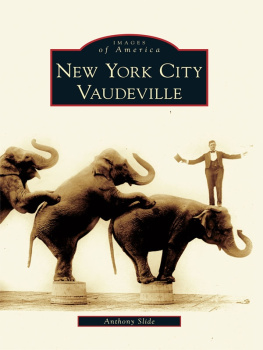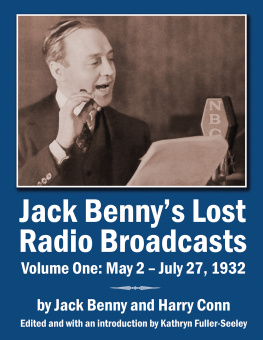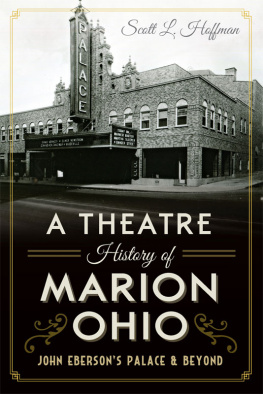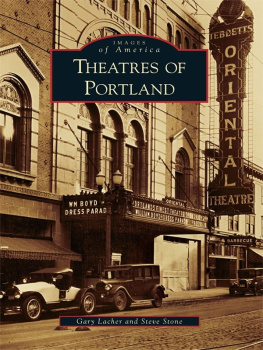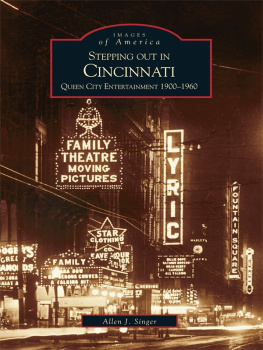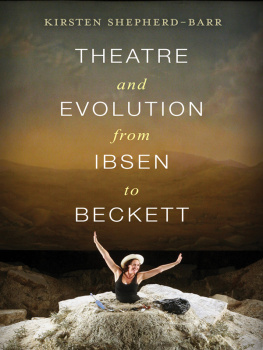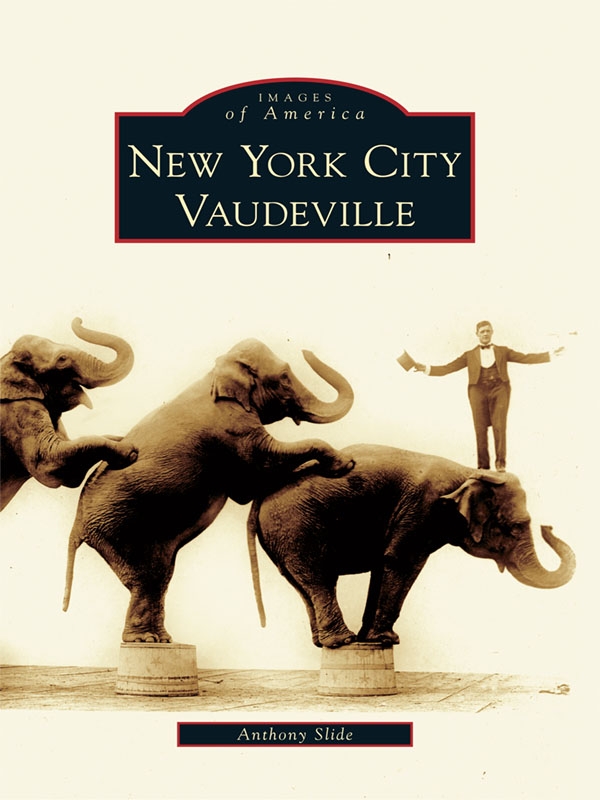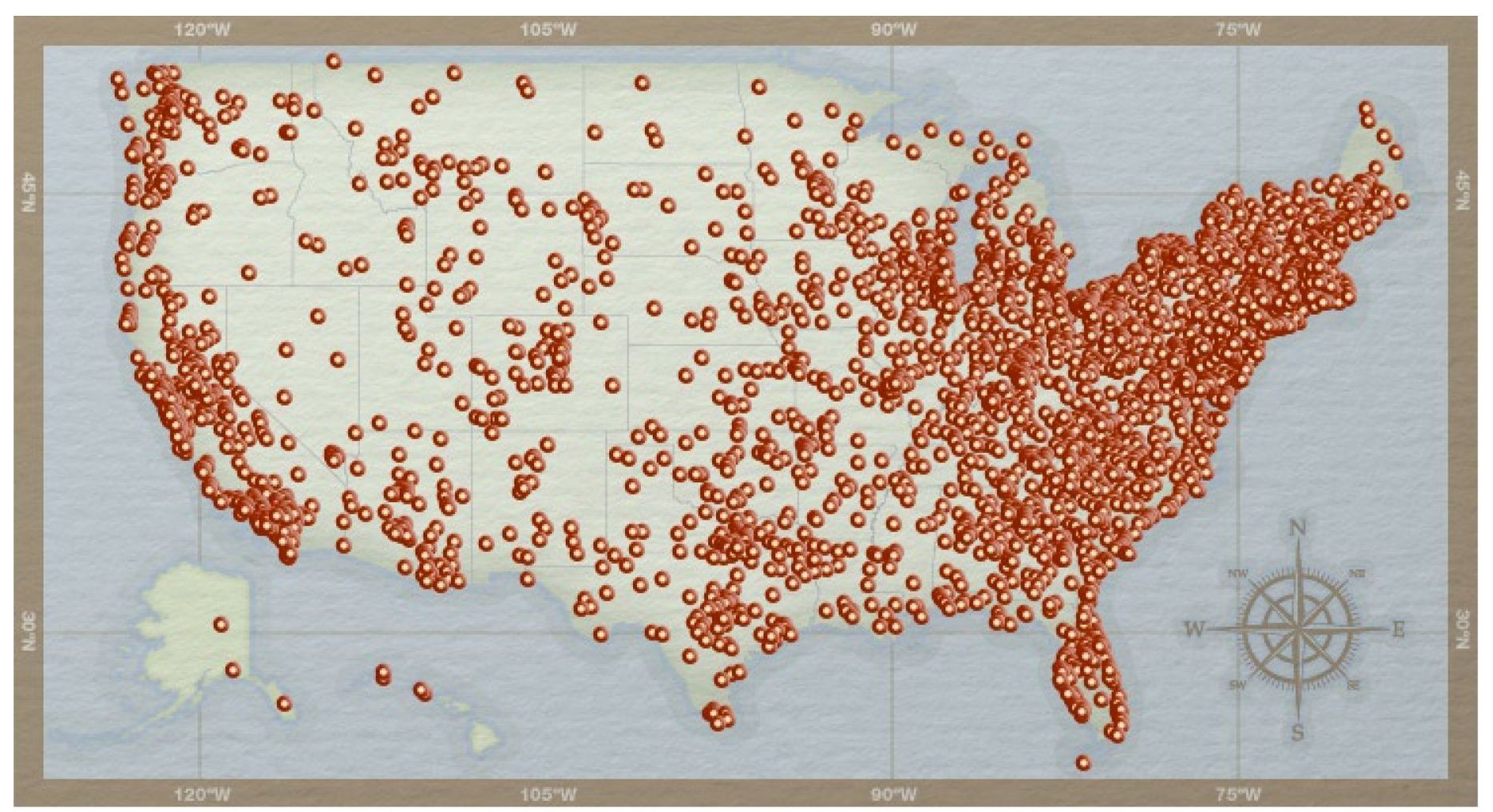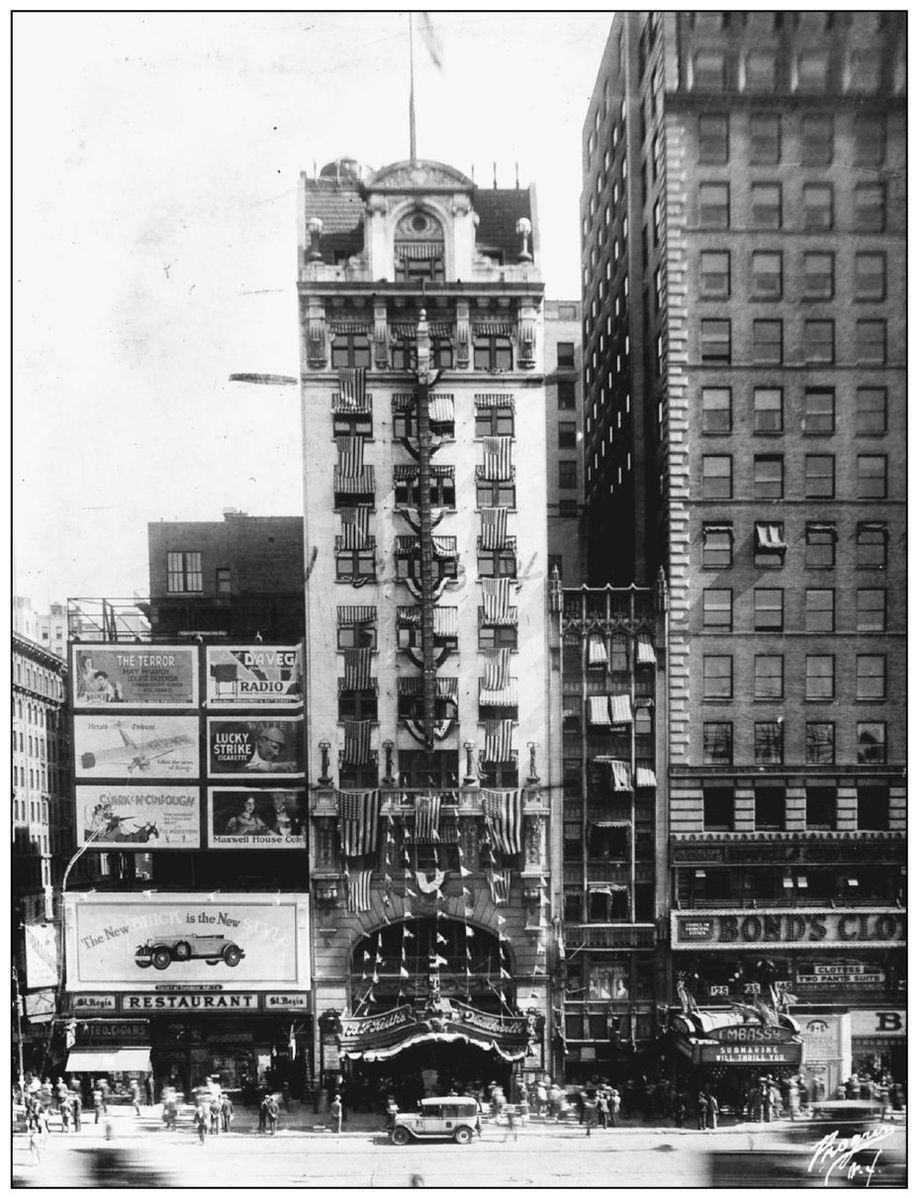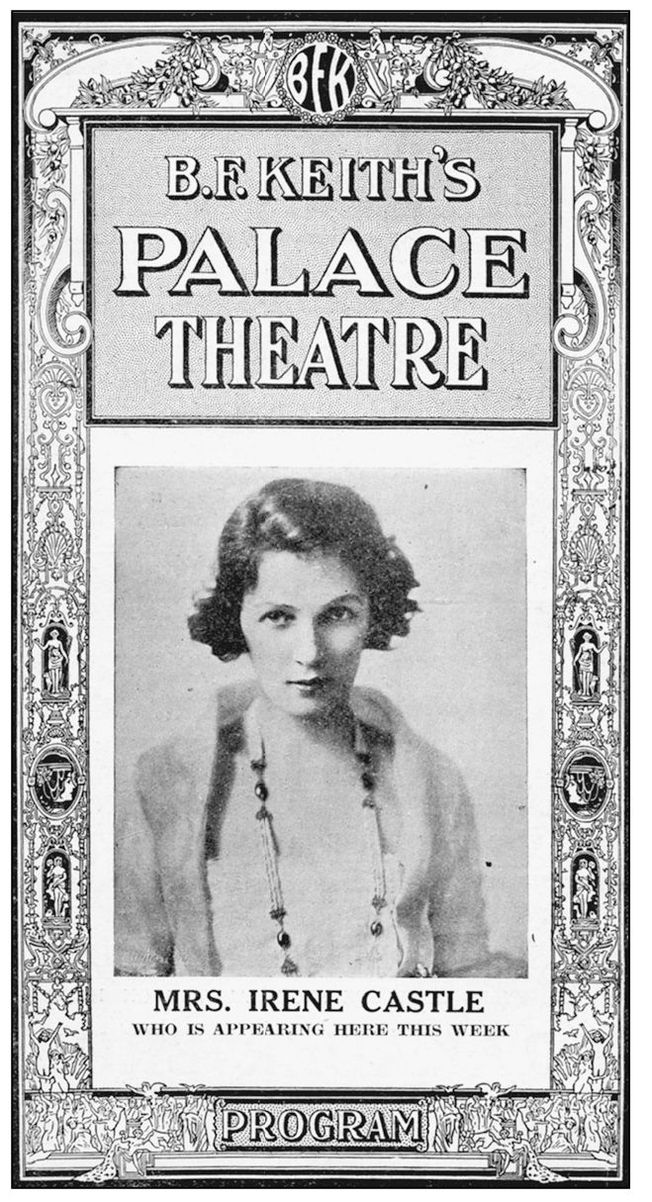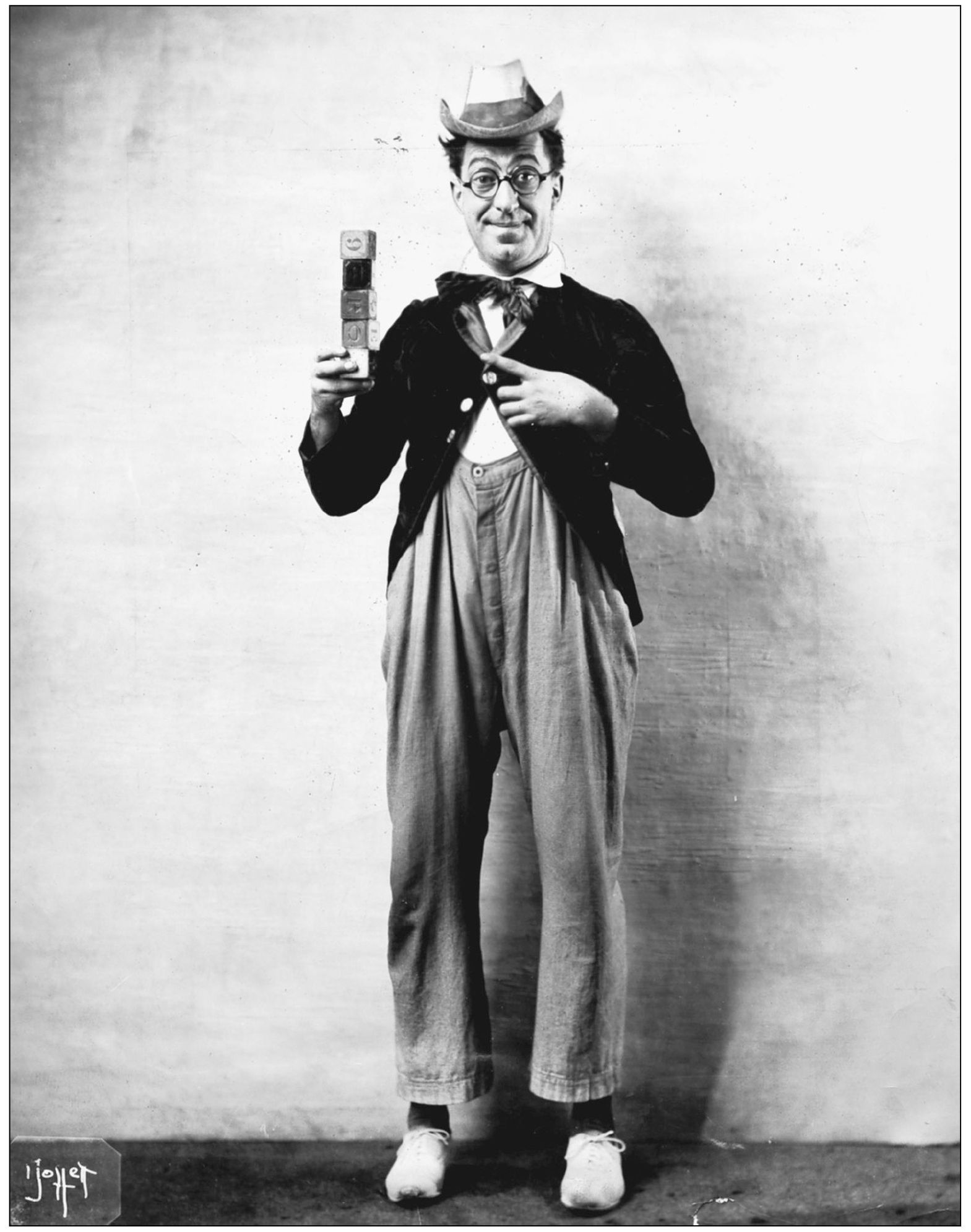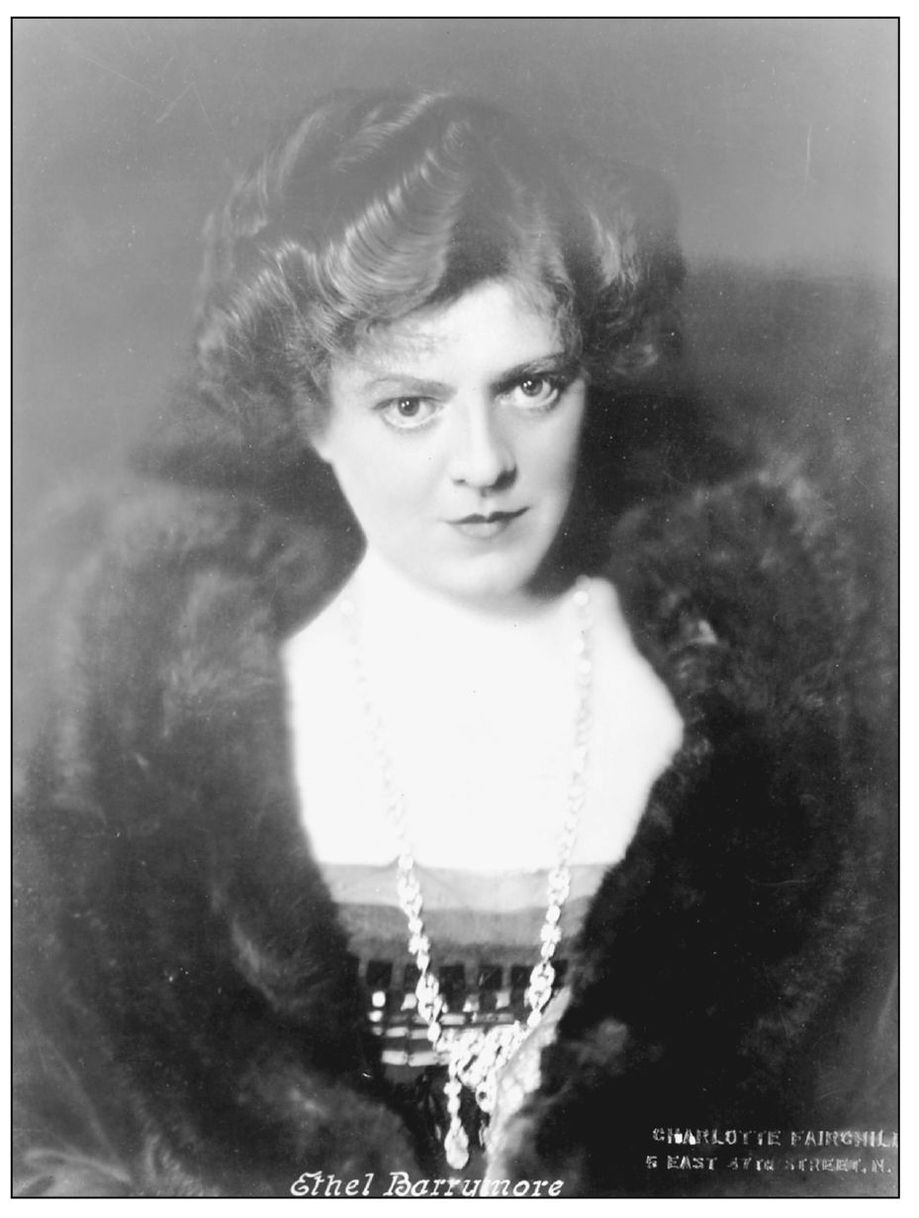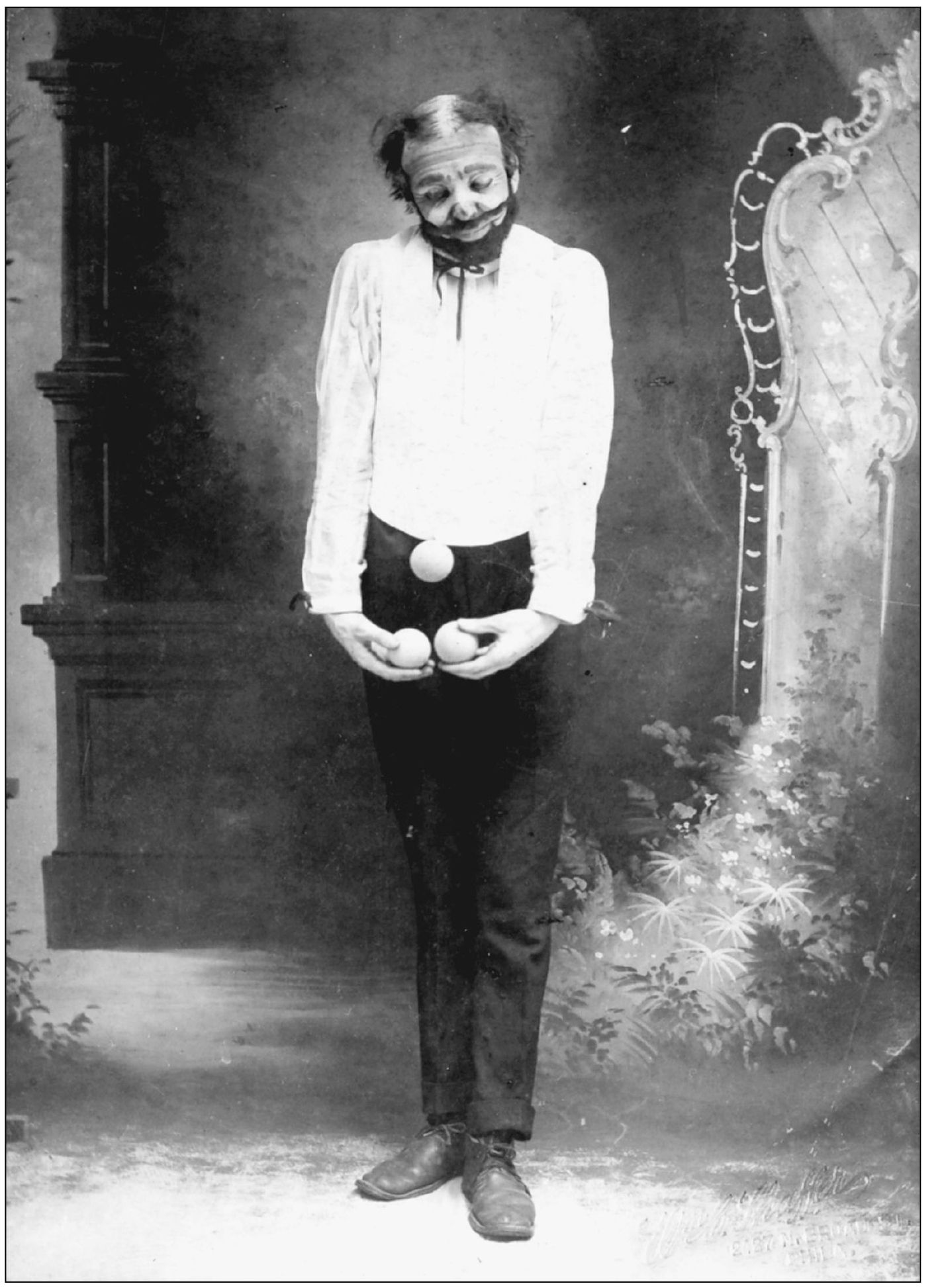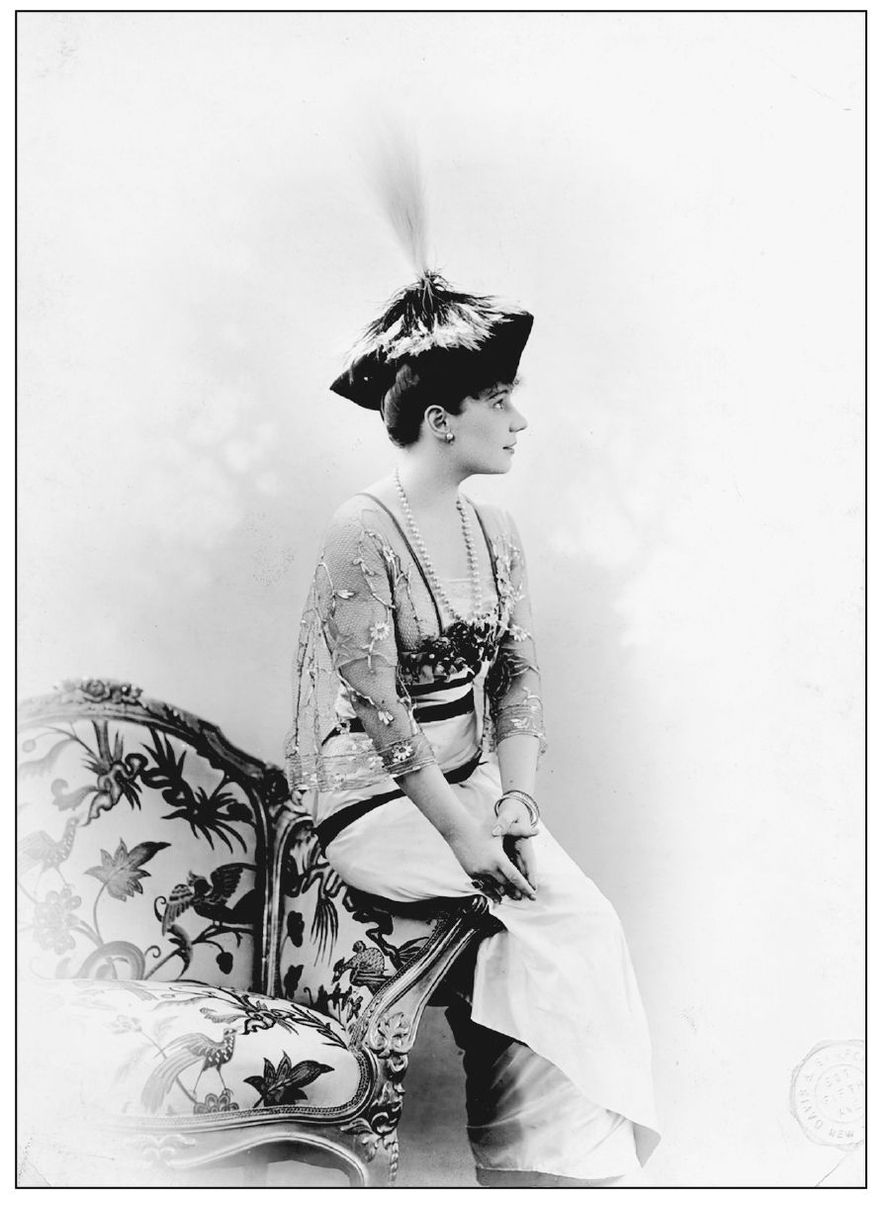One
THEY PLAYED THE PALACE
Located at Broadway and 47th Street, the Palace Theatre served as both the flagship of vaudeville and of the B. F. Keith vaudeville circuit. To headline at the Palace was the ambition of every vaudevillian. The theater was built not by Keith but by Martin Beck, who leased the site for the theater on October 21, 1911. But by the time the Palace opened, on Easter Monday, March 24, 1913, Beck had become a minority owner, with 51 percent of the stock controlled by the B. F. Keith vaudeville interests, headed by E. F. Albee.
The theater cost a reported $1 million to build. An average bill in its heyday cost $12,000 in salaries, while the Palace made an average profit of $500,000 per year.
The opening bill consisted of the Eight Palace Girls; caricaturist Hy Mayer; Ed Wynn; a one-act musical comedy titled The Eternal Waltz , featuring Cyril Chadwick and Mabel Berra; monologuist Taylor Holmes; Milton Pollock and Company in a one-act playlet, Speaking to a Father , by George Ade; a wire walking act called The Four Vannis; Ota Gyli, billed as Violinist of the Spanish Court; and pantomimist and dancer La Napierkowska. The program was generally criticized, with the trade paper Variety particularly scathing as to the seating prices, which were as high as $2.
It was not until May 1913 that the Palace began attracting a large-scale audience, and that was because the headliner was Sarah Bernhardt. By December 1914, Variety was describing the Palace as the greatest vaudeville theatre in America, if not the world. The last two-a-day vaudeville bill at the Palace was the week of May 7, 1932. Vaudeville and films were interchangeable for many years until October 16, 1951, when the Palace again became a vaudeville house, with Judy Garland topping the bill. In August 1957, the Palace reverted back to a movie theater, but reopened as a legitimate house on January 29, 1966, with Sweet Charity .
The Palace Theatre is seen here in 1928, the year in which E. F. Albee lost control of the theater to Joseph Kennedy, and the year in which the names of headliners began to appear on the marquee. Fannie Brice was the first headliner, on October 29, 1928. By 1948, it was not the headliners but the film that received top billing on the marquee. Here it is Canadian Pacific starring Randolph Scott.
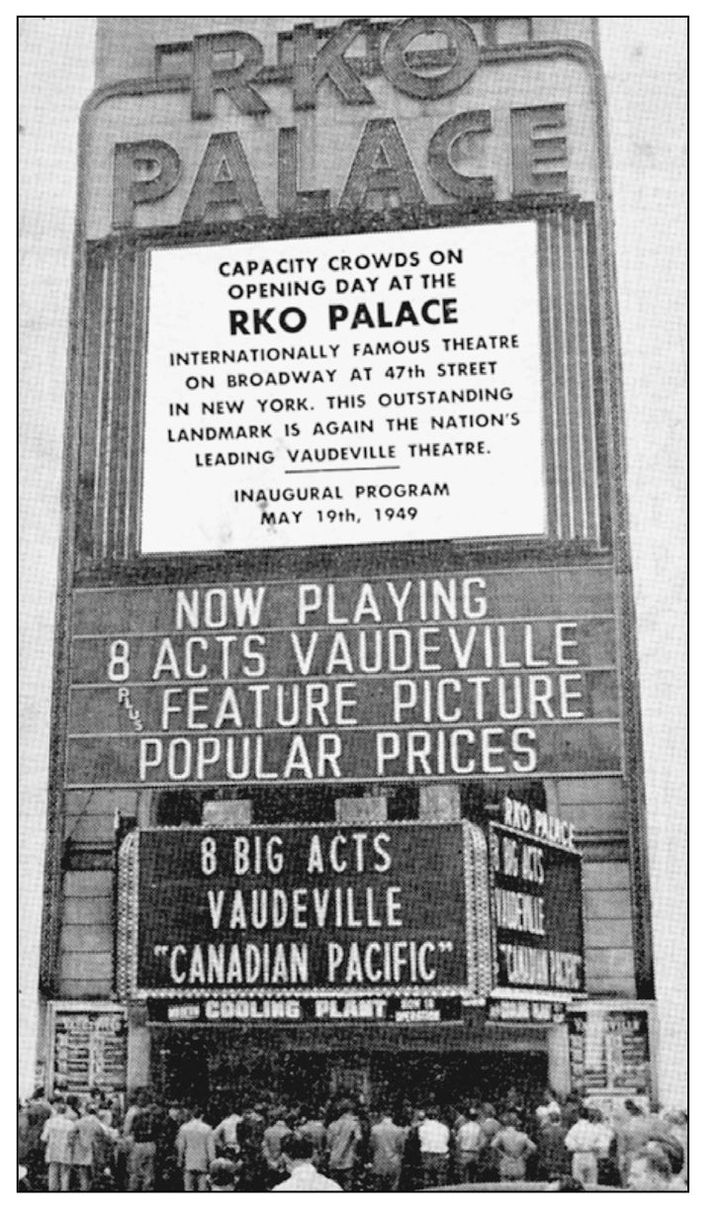
Seen here is a Palace Theatre program for the week of January 9, 1922, on which is featured the headliner Irene Castle. Irene Castle (18931969) appeared as a dance team with her husband Vernon in both revue and vaudeville. They first appeared together at the Palace in 1914. He died while serving with the Royal Flying Corps in 1918. This program marks Irenes return to vaudeville with a new dance partner, William Reardon. By 1932, the Palaces printed program had changed to magazine format. The headliner for the week of January 23 is Beatrice Lillie (18941989), the Canadian-born unladylike comedienne who had made her stage debut in England in 1913. She made her New York debut at the Palace in 1928 and was also a headliner there in 1929 and 1931. At the former engagement, Lillie shocked the Palace management by using the word goddam on stage.
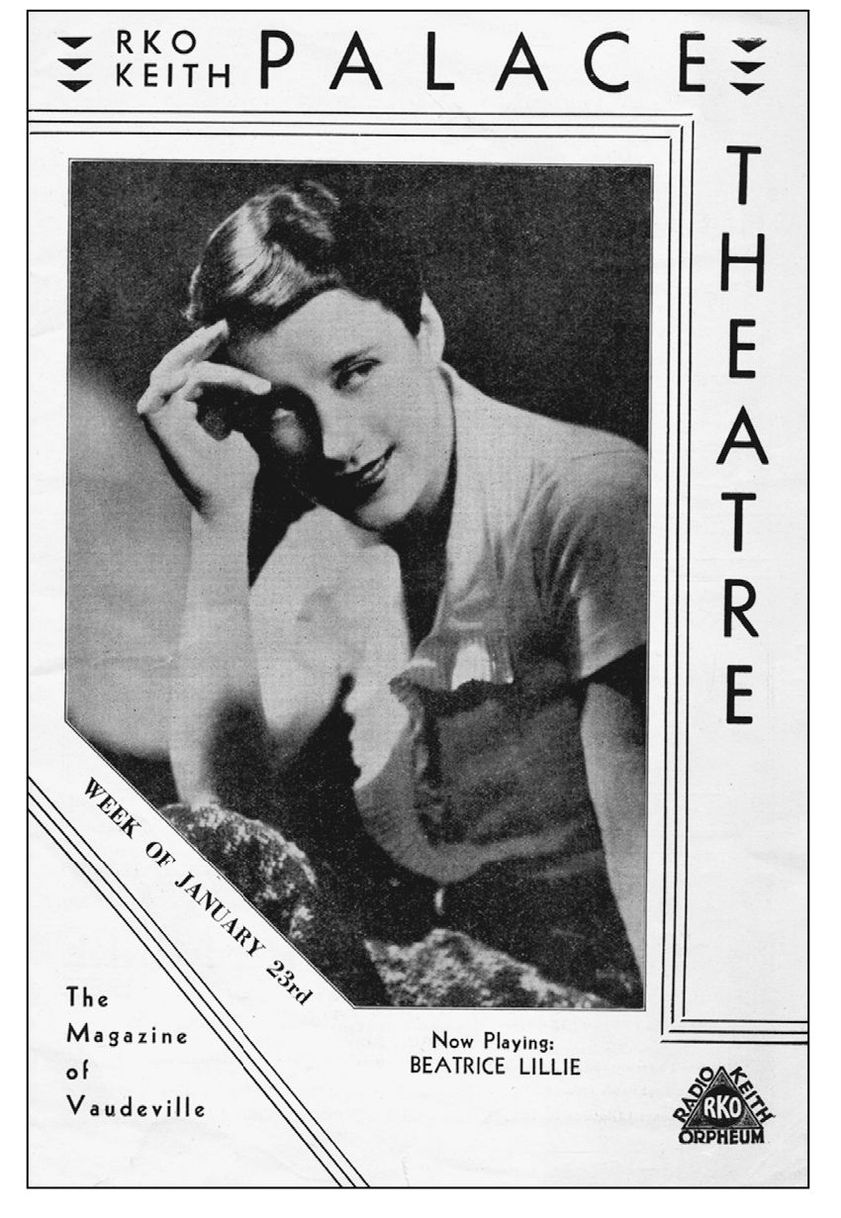
Ed Wynn (18861966) has the distinction of being the best-remembered name on the opening bill at the Palace Theatre. His 14-minute spot, titled The Kings Jester, had him in the title role, trying to make the king (Frank Wunderlee) laugh. Known as the Perfect Fool, after a 1921 musical comedy of that name, Ed Wynn was a comedian with a bespectacled baby face, a silly giggle, and an effeminate walk. His jokes were often corny, but he was a star not only in vaudeville but also in musical comedy, revue, on radio (from 1932 as The Fire Chief ), on early television (with his own show from 1958 to 1959), and on screen (even winning an Academy Award nomination for his 1959 performance in The Diary of Anne Frank ). His career began in 1901 and continued until his death.
Sarah Bernhardt (18441923) was the individual most responsible for making the Palace a success, when she appeared there at the end of her first U.S. vaudeville tour in May 1913. She was, of course, a major international legitimate stage star, but she toured in vaudeville in 19121913 and 19171918, drawing large audience despite performing only in French.
Ethel Barrymore (18791959) was another major legitimate stage actress who enjoyed an extensive career in vaudeville. She generally appeared in the one-act playlet, The Twelve Pound Look , by J. M. Barrie, and brought it to the Palace in 1921 and 1926. She always maintained that when she did not have anything worthwhile to do on the stage, she would return happily to vaudeville.
W. C. Fields (18791946) was a master juggler with a caustic wit and a mastery of the euphemism. He was in the words of critic Robert Benchley, just about as grand as a comedian could possibly be. He was also one of the few vaudevillians able to transfer virtually all of his vaudeville routines to film, including the crooked poker game, the pool table sketch, the juggling with cigar boxes routine, and others. Fields made his vaudeville debut in Atlantic City in 1896. By 1900, he was featuring juggling and billing himself as the Eccentric Juggler. By the time he made his Palace debut in May 1913, in support of Sarah Bernhardt, Fields had toured much of Europe, Australia, and South Africa. He made his first appearance in the Ziegfeld Follies in 1915 and was in a number of editions through 1925. He also found time for the 1927 edition of Earl Carrolls Vanities and the 1923 musical comedy Poppy .

